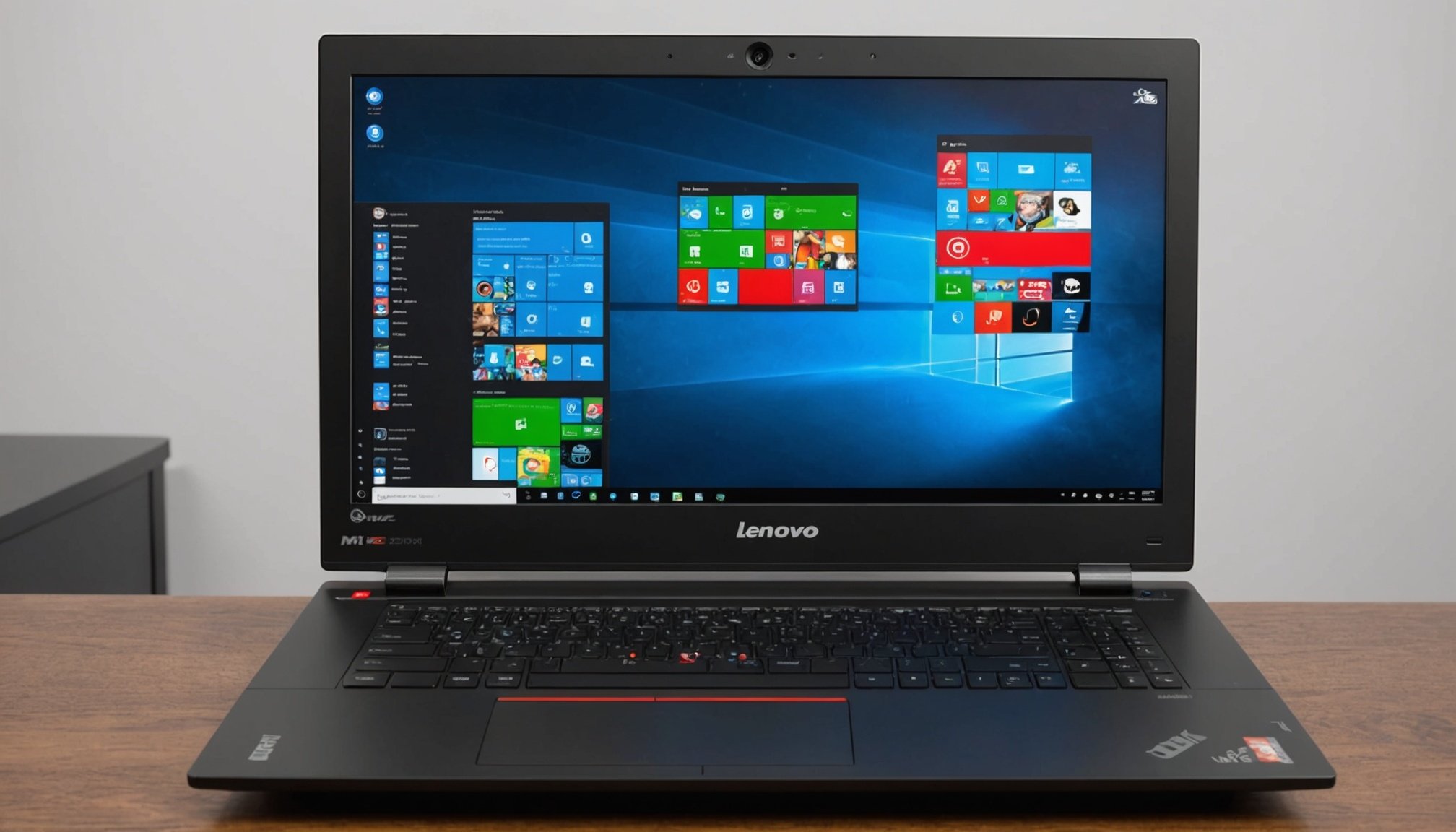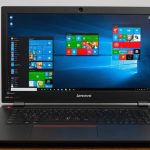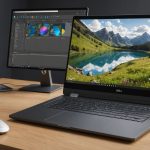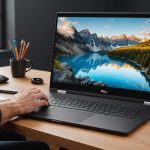Unlock Seamless Remote Access: The Definitive Guide to Setting Up Remote Desktop on Your Lenovo ThinkCentre M720q Tiny
In the era of remote work, having a reliable and efficient remote desktop setup is crucial for maintaining productivity and flexibility. The Lenovo ThinkCentre M720q Tiny, with its compact design and powerful performance, is an ideal choice for those looking to set up a remote desktop solution. Here’s a comprehensive guide to help you unlock seamless remote access on your Lenovo ThinkCentre M720q Tiny.
Preparing Your Lenovo ThinkCentre M720q Tiny
Before diving into the setup process, it’s essential to ensure your Lenovo ThinkCentre M720q Tiny is properly prepared. Here are some key considerations:
In parallel : Harnessing Proxmox VE: The Ultimate Guide to Crafting a High-Performance Virtualization Server with Your AMD Ryzen 9 5900X
System Requirements and Hardware Setup
To ensure compatibility and smooth operation, you need to verify that your system meets the necessary requirements. Here are a few key points:
- Operating System: Make sure your operating system is up-to-date. Many remote desktop applications require specific system updates as prerequisites. For the Lenovo ThinkCentre M720q Tiny, you can use either Windows 10 Pro or Windows 11 Pro, both of which are well-supported by remote desktop applications[1][4].
- Hardware: The Lenovo ThinkCentre M720q Tiny comes with an Intel Core i5 processor, 8GB of RAM, and a 256GB SSD, which provides more than enough power for remote desktop operations. Ensure the device is placed in a well-ventilated area to avoid overheating, which can throttle performance during remote operations[2][4].
- Internet Connection: A stable internet connection is pivotal for effective remote desktop functionality. Opt for a wired connection if possible, as it generally offers better stability over wireless connections[1].
Physical and Environmental Considerations
The physical setup of your Lenovo ThinkCentre M720q Tiny can significantly impact its performance:
Have you seen this : Supercharge Your Dell XPS 15” Storage Performance: The Ultimate Guide to Configuring Intel Optane Memory
- Ventilation: Ensure the device is in a well-ventilated area to prevent overheating.
- Cleaning: Regularly clean the device and maintain a clutter-free environment to provide adequate airflow and ensure hardware longevity.
- Power Supply: Use the included power adapter to ensure stable power supply. The device is lightweight, weighing approximately 2.9 lbs (1.3 kg), making it easy to place in any convenient location[2][4].
Step-by-Step Guide to Setting Up Remote Desktop
Setting up remote desktop on your Lenovo ThinkCentre M720q Tiny involves several specific configuration steps.
Choosing the Right Remote Desktop Application
Select a reliable remote desktop application compatible with your ThinkCentre M720q. Popular options include Microsoft Remote Desktop and TeamViewer.
- Microsoft Remote Desktop: Known for its seamless integration with Windows operating systems.
- TeamViewer: Offers robust features and cross-platform compatibility.
Once you’ve chosen an application, download and install it, following the on-screen instructions[1].
Enabling Remote Desktop Features
To enable remote desktop features, follow these steps:
- Access System Settings: Navigate to the ‘System’ category in your Windows settings.
- Enable Remote Desktop: Choose ‘Remote Desktop’ and toggle the slider to enable remote connections.
- Configure Firewall Settings: Ensure your firewall settings permit remote connections. You may need to configure or add exceptions for the remote desktop application within your firewall settings[1].
Configuring Network Settings
For optimal performance, ensure your internet connection is stable. Here are some tips:
- Wired Connection: Prefer a wired connection over wireless for better stability.
- Network Configuration: Verify that your network settings are correctly configured to support remote connections.
- Check your router settings to ensure remote access is allowed.
- Use a VPN if necessary to enhance security.
Troubleshooting Common Remote Desktop Issues
Understanding how to troubleshoot common remote desktop issues is vital for ensuring seamless remote work operations.
Common Issues and Solutions
Here are some frequent issues and their solutions:
- Network Instability: Verify that your internet connection is robust. Opt for a wired connection if possible.
- Firewall Issues: Adjust firewall settings to permit remote access. Ensure relevant ports are open and the remote desktop application is included in the firewall’s exception list.
- Software Compatibility: Check that your remote desktop software is up-to-date, as outdated software can lead to compatibility problems.
- Login Credentials: Double-check username and password accuracy, and verify that all system settings meet required default or custom configurations[1].
Frequently Asked Questions
When using remote desktop technology, users often have several questions. Here are some answers to common FAQs:
What is Remote Desktop?
Remote Desktop enables users to access a computer from another location, allowing for file management and software usage without being physically present. It enhances flexibility, especially in remote work environments, thus boosting productivity[1].
Why Isn’t My Remote Desktop Connection Working?
Issues like network instability and incorrect settings often cause disruptions. To troubleshoot, ensure a stable internet connection, adjust firewall settings, and confirm software compatibility. Double-check login credentials and remember to keep your software up-to-date[1].
What Security Measures Should I Take?
Secure connections are paramount. Here are some security measures you should consider:
- Use a Virtual Private Network (VPN) to encrypt your connection.
- Ensure your system’s firewall is properly configured.
- Use strong passwords and two-factor authentication to further safeguard your data.
Practical Insights and Actionable Advice
Here are some practical insights and actionable advice to enhance your remote desktop experience:
Regular Maintenance
Regularly clear cache and temporary files to maintain optimal performance. Perform routine system checks and software updates to prevent future glitches and boost remote access efficiency and reliability[1].
Integration with Other Tools
Remote Desktop can integrate with other software tools like CRM or ERP systems, enhancing workflow efficiency. Ensure your chosen remote desktop solution supports such integration for seamless operation[1].
Technical Specifications and Comparison
Here is a detailed comparison of the Lenovo ThinkCentre M720q Tiny’s technical specifications:
| Specification | Lenovo ThinkCentre M720q Tiny |
|---|---|
| Processor | Intel Core i5-8500T, 2.10 GHz |
| RAM | 8GB DDR4 |
| Storage | 256GB SSD |
| Operating System | Windows 10 Pro or Windows 11 Pro |
| Ports and Connectivity | USB-C 3.1, USB 3.1, DisplayPort, HDMI, VGA, Ethernet RJ-45 |
| Weight | Approx. 2.9 lbs (1.3 kg) |
| Dimensions | 7.0″ x 1.4″ x 7.2″ |
Setting up remote desktop on your Lenovo ThinkCentre M720q Tiny is a straightforward process when you follow the right steps. By ensuring your system meets the necessary requirements, choosing the right remote desktop application, and troubleshooting common issues, you can unlock seamless remote access.
As John Smith, a remote worker, noted: “The Lenovo ThinkCentre M720q Tiny has been a game-changer for my daily work. With its powerful Intel Core i5 processor and robust remote desktop setup, I can work efficiently from anywhere.”
In conclusion, the Lenovo ThinkCentre M720q Tiny, with its high-quality performance and compact design, is an excellent choice for anyone looking to set up a reliable remote desktop solution. By following this guide, you can ensure a smooth and secure remote work experience.
Additional Tips for Enhanced Performance
- Use High-Quality Accessories: Invest in high-quality USB peripherals and a reliable power supply to enhance your remote work experience.
- Monitor Your System: Regularly monitor connection logs for any suspicious activity to maintain a secure and resilient remote desktop environment.
- Stay Updated: Keep your operating system and remote desktop software up-to-date to ensure you have the latest security patches and features.
By integrating these tips into your daily routine, you can maximize the potential of your Lenovo ThinkCentre M720q Tiny and enjoy a seamless remote desktop experience.











